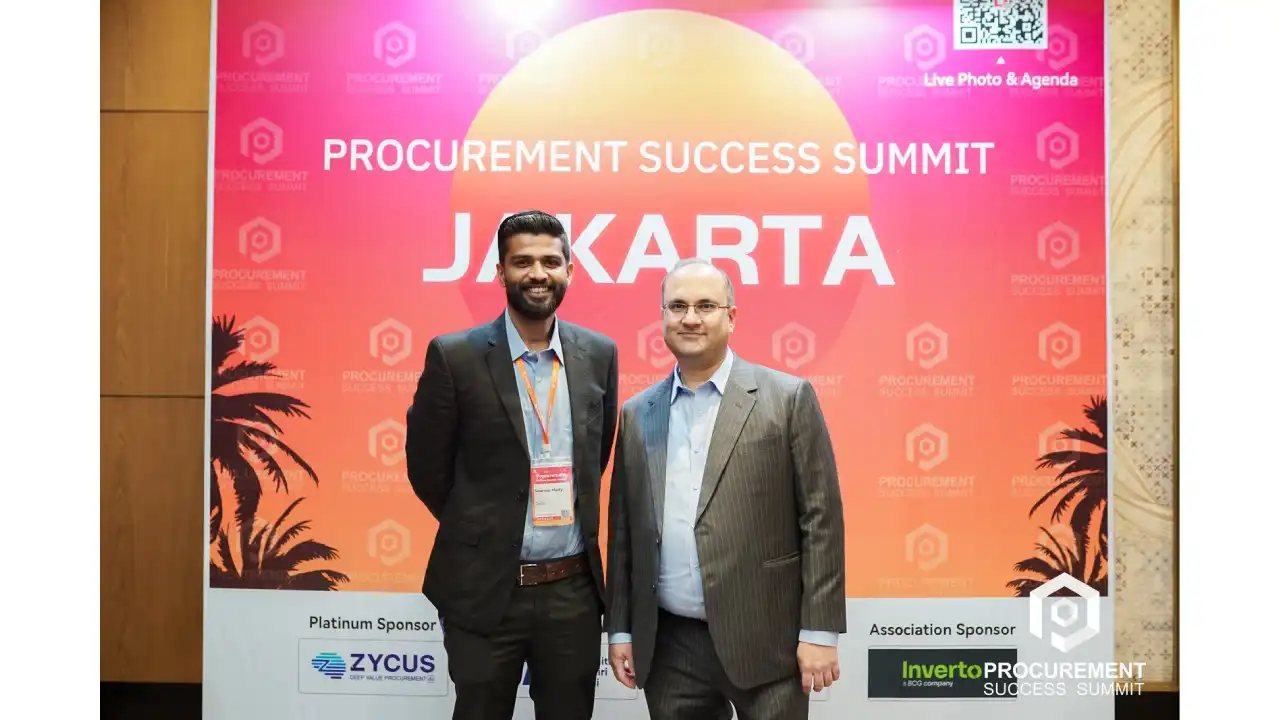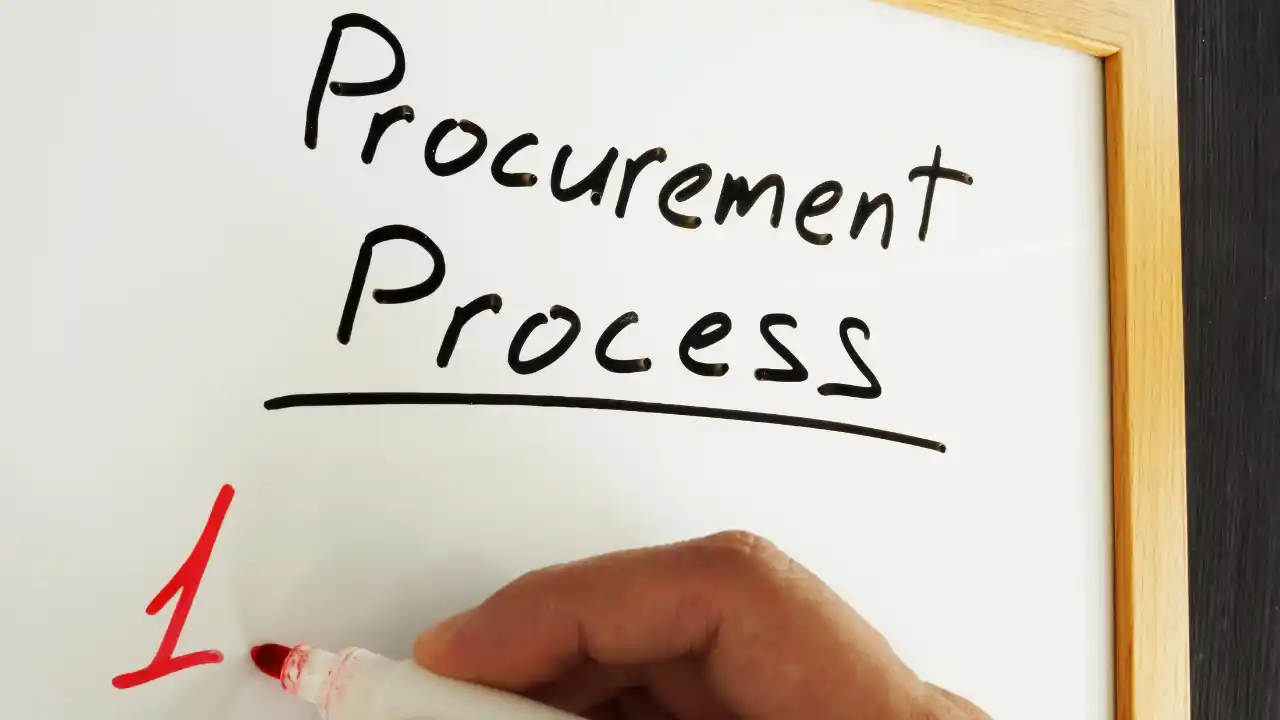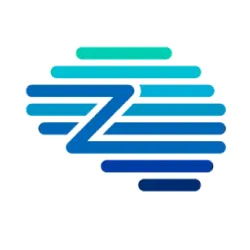I recently had the privilege of attending the Procurement Success Summit Jakarta 2025, and I gained invaluable insights into how Indonesian procurement leaders are approaching digital transformation. The event brought together 200+ procurement professionals to discuss the future of strategic procurement in Southeast Asia.
The Overall Theme: AI Potential vs. Implementation Reality
The summit’s central theme revolved around artificial intelligence and digital transformation in procurement. However, what struck me most was the gap between aspiration and current reality across Indonesian organizations.
While speakers like Carl Kimball from Zycus presented compelling visions of “Agentic AI – The Future of Procurement,” and industry leaders shared transformation success stories, my conversations with attendees revealed a more nuanced picture of where the market actually stands.
Key Takeaway #1: The Digital Divide Creates First-Mover Advantages
The Current State and Your Opportunity
Despite all the excitement around AI transformation, the reality I observed was that most Indonesian procurement teams are still operating manually. This actually presents a huge opportunity for your organization.
Where Most Companies Stand:
- 70% still managing supplier relationships through spreadsheets and emails
- Manual spend analysis and reporting processes
- Traditional RFP processes without automation
- Limited S2P (Source-to-Pay) platform adoption across Indonesian enterprises
- AI implementation restricted to less than 15% of companies
What This Means for You: If you’re reading this and recognizing your organization in the above description, you’re not alone—and you’re not behind. You have the opportunity to leapfrog competitors by starting your digital transformation now.
Immediate Actions You Can Take:
- Assess Your Current State: Audit which processes consume the most manual effort in your team
- Start Small: Identify one repetitive task that could be automated (like spend reporting or supplier performance tracking)
- Build Internal Support: Present the competitive advantage case to leadership using the 15-20% cost savings data from early adopters
- Plan Your Pilot: Choose a low-risk, high-impact area for your first AI or automation experiment
Key Takeaway #2: Your Procurement Team Can Become a Strategic Value Creator
Moving Beyond Cost-Cutting
The most successful companies at the summit weren’t just focusing on reducing costs—they were using procurement to drive business growth. Here’s how you can apply this strategic shift in your organization:
Revenue-Generating Activities:
- Supplier Innovation Programs: Partner with your top suppliers on new product development or process improvements
- Market Intelligence Gathering: Use your supplier relationships to understand competitor activities and market trends
- Quality Improvements: Work with suppliers to enhance product quality, reducing warranty costs and improving customer satisfaction
Risk Management as Competitive Advantage:
- Supply Chain Resilience: Diversify your supplier base to ensure business continuity
- Compliance Leadership: Stay ahead of ESG requirements to win more business
- Reputation Protection: Implement thorough supplier due diligence to avoid PR disasters
How to Start This Transformation:
- Reframe Your Metrics: Start tracking revenue impact, not just cost savings
- Build Cross-Functional Relationships: Meet regularly with sales, marketing, and product teams
- Supplier Scorecards: Expand beyond price and delivery to include innovation and market insights
- Executive Communication: Present procurement’s strategic contributions in business terms, not just operational metrics
Key Takeaway #3: Start with Sustainability and Risk—Technology Will Follow
The Business Case is Already Built
Rather than starting with technology for technology’s sake, the smartest companies are using business necessity to drive digital transformation. Here’s what you can learn:
Sustainability as Your Entry Point: Indonesian companies are facing increasing pressure for ESG compliance. Use this as your catalyst:
- Supplier Sustainability Scoring: Create a simple scoring system for your top 20 suppliers
- Carbon Footprint Tracking: Start measuring transportation emissions from your supplier base
- Local Sourcing Initiatives: Prioritize Indonesian suppliers to reduce environmental impact and support local economy
Risk Management That Demands Digital Tools: Recent global disruptions have made manual risk tracking impossible:
- Supplier Geographic Mapping: Understand where your critical supplies come from
- Financial Health Monitoring: Track the financial stability of key suppliers
- Alternative Supplier Development: Identify backup suppliers for critical components
Technology Solutions That Make Sense: Once you have clear business needs, technology choices become obvious:
- S2P (Source-to-Pay) Platforms: Complete procurement lifecycle management from sourcing to payment
- Supplier Management Systems: To track sustainability scores and risk indicators
- Spend Analytics Tools: To identify dependencies and opportunities
- Risk Monitoring Systems: For real-time alerts on supplier issues
Your 90-Day Action Plan:
- Month 1: Map your top 10 suppliers and their risk profiles
- Month 2: Implement basic sustainability scoring system
- Month 3: Evaluate technology tools that address your specific identified needs
The Technology Readiness Spectrum
Based on my conversations, Indonesian procurement organizations fall into three distinct categories:
- Traditional Operators (70%): Interested in AI but still manual, unsure where to start
- Digital Explorers (25%): Implementing basic e-procurement, planning AI pilots for 2026
- Innovation Leaders (5%): Already using AI for analysis and decision-making
What You Should Do Next (Even If You Missed the Summit)
Based on the insights I gathered, here are the immediate steps Indonesian procurement professionals should take:
Get Started:
- Benchmark Assessment: Rate your organization on the digital maturity spectrum (Traditional/Explorer/Leader)
- Quick Wins Identification: List 3 manual processes that waste the most time weekly
- Leadership Conversation: Schedule a meeting to discuss procurement’s strategic potential beyond cost savings
Short-Term:
- Supplier Risk Audit: Map your top 10 suppliers’ locations and risk factors
- Technology Evaluation: Research 2-3 procurement software solutions that address your biggest pain points
- Cross-Functional Meetings: Meet with sales and product teams to understand their supplier-related needs
Near to Long Term:
- Pilot Program Launch: Start one small automation or digital initiative
- Skills Development: Invest in data analytics training for your team
- Industry Networking: Join Indonesian procurement associations and attend local events
Questions to Ask Yourself:
- Are we losing competitive advantage by staying manual while others digitize?
- What would 15-20% cost savings mean for our organization?
- How could procurement help drive revenue growth rather than just reduce costs?
- What risks are we not seeing because we lack real-time supplier visibility?
My Perspective as a Technology Provider
As someone working in the procurement solutions space, this summit provided valuable market intelligence:
The Challenge: Most organizations know they need to digitize but lack clear implementation roadmaps.
The Opportunity: Companies that start now can build significant competitive advantages before the market catches up.
The Reality: Successful AI implementation requires more than technology—it needs change management, training, and cultural transformation.
Looking Forward
The Procurement Summit Jakarta 2025 highlighted both the tremendous potential and current limitations of AI adoption in Indonesian procurement. While the technology exists to transform how organizations manage suppliers, analyze spend, and mitigate risks, the practical reality is that most companies are still in the early stages of their digital journey.
For procurement leaders, this presents both a challenge and an opportunity. Those who can successfully navigate the implementation gap—combining technological capability with organizational readiness—will establish significant competitive advantages in the evolving Indonesian market.
The Indonesian procurement community is standing at the threshold of major transformation. The question isn’t whether AI will reshape the industry, but rather who will successfully make the transition from manual processes to intelligent, automated procurement operations.
Related Reads:
- How to Become a Great CPO: Lessons from Southeast Asia’s Procurement Leaders (Part 4)
- How Agentic AI is Transforming Procurement: Insights from Zycus World Tour – Southeast Asia Edition
- Enabling Procurement Innovation: Zycus’ Footprint in Southeast Asia
- eBook: CPONext 2025: Top 30 SEA Procurement Leaders to Watch Out For
- Supplier Relationship Management Strategies for Asia Pacific Organizations
- The Agentic AI Advantage: Unlocking Deep Value in APAC’s AI-Driven Future
- Unlocking Efficiency: The Advantages of E-Procurement Solutions in the APAC Region
- 4 Asia-Pacific Case Studies of Successful Procurement Transformation
































































